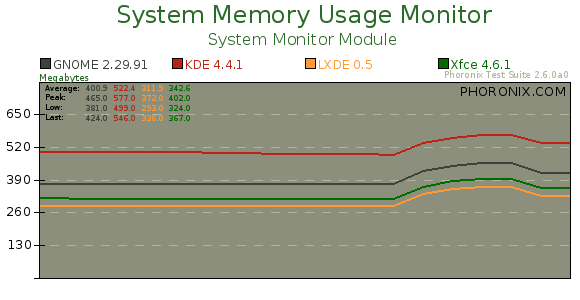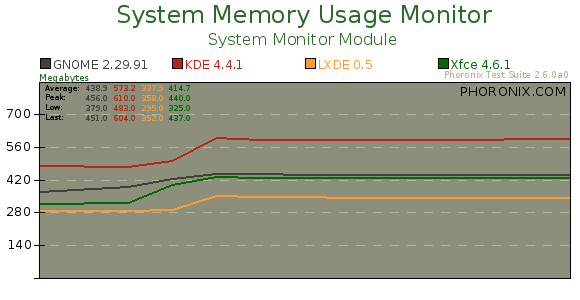That's true. But I remember that I made my own comparisons when I first saw the graph you linked. I made a minimal Debian installation in VBox, cloned it and installed Xfce in one and Mate in the other. The outcome was the same. Mate used slightly less RAM than Xfce. This was consistent at different stages. I checked right after login, after some minutes of letting the desktop sit idle and after starting some very basic programs like Iceweasel or the same music player. When starting more heavy applications like Libreoffice, the difference soon drowned in the total RAM usage, so I wasn't confident anymore that this was still significant.
Since both Mate and Xfce in Jessie are (mainly) based on Gtk2, I believe that there was no or little cross-toolkit bias.



